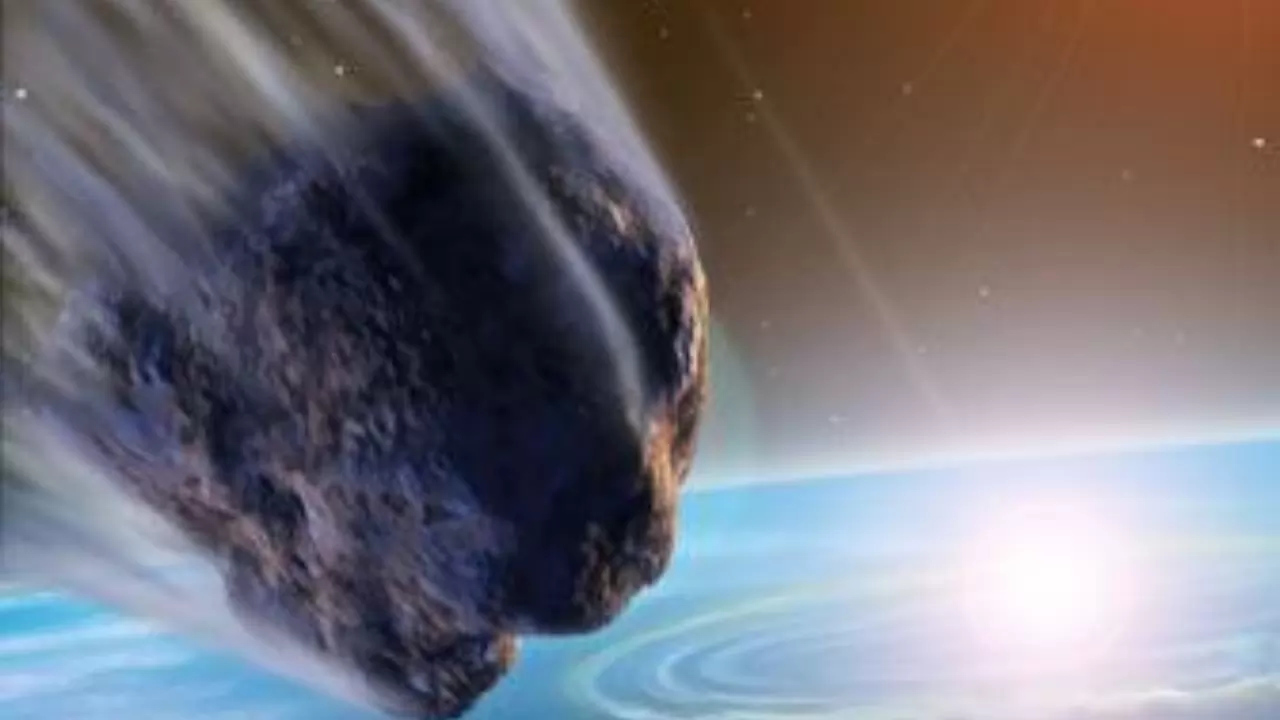
X
In a celestial event that has captured the attention of astronomers and space enthusiasts alike, Earth is bracing itself for a near miss with Asteroid 2015 FM34 on March 12, 2024. This cosmic visitor, with dimensions similar to the iconic Statue of Unity, is expected to pass by our planet in a closely monitored celestial dance. At a speed of 19.55 kilometers per second, 2024 EG2, which has a diameter of 17 to 39 meters, will approach Earth at a distance of 6,40,328 kilometers, or less than 1.7 times that of the Moon.
Measuring between 84 and 190 meters wide, the other asteroid, 2015 FM34, is significantly larger and will approach Earth within 74,23,824 kilometers, which is fewer than 20 times the distance to the moon. 2015 FM34 is expected to pass Earth at a safe speed of 11.06 km/s. On the surface, there is no danger to human safety. Astronomers have been diligently tracking its journey, allowing for precise calculations regarding its approach to Earth.
There are populations of asteroids dispersed across the Solar System, despite the fact that the majority of asteroids are found in the main belt between Mars and Jupiter. Asteroids, comets, and other minor solar system bodies that approach within 1.3 astronomical units (AU) are referred to as Near Earth Objects.
The distance between the Sun and the Earth is one AU. NEOs are categorized as Atiras, Atens, Apollos, and Amors based on the parameters of their orbits. 2024 EG2 and 2015 FM34 are both asteroids of the Apollo group. Asteroids are classified as potentially dangerous if they can get close to Earth, less than 0.05 astronomical units.
Astronomers at the Helm: Tracking and Observing
Leading observatories and space agencies around the world are gearing up for this celestial rendezvous. Telescopes will be trained on the night sky, capturing valuable data to enhance our understanding of this asteroid and refining predictions for future encounters. The event offers scientists a unique opportunity to study the composition and behavior of such space rocks.





Copyright © 2025 Top Indian News
